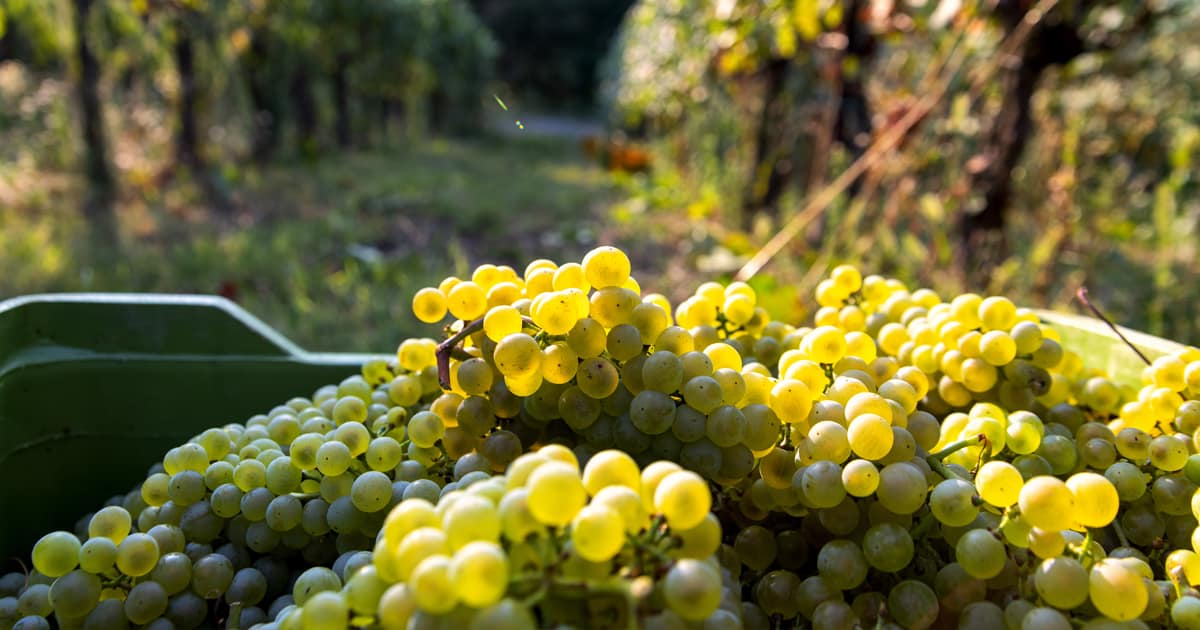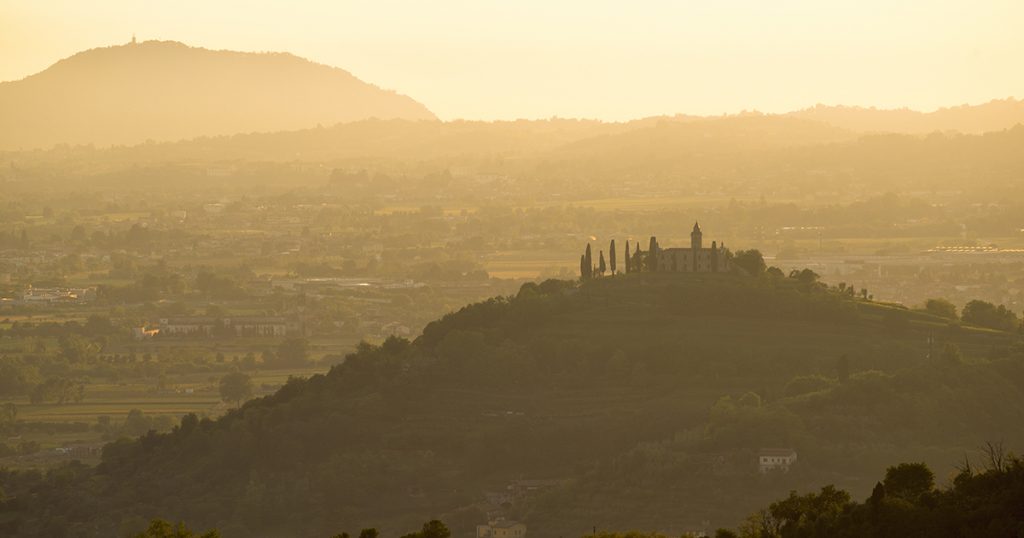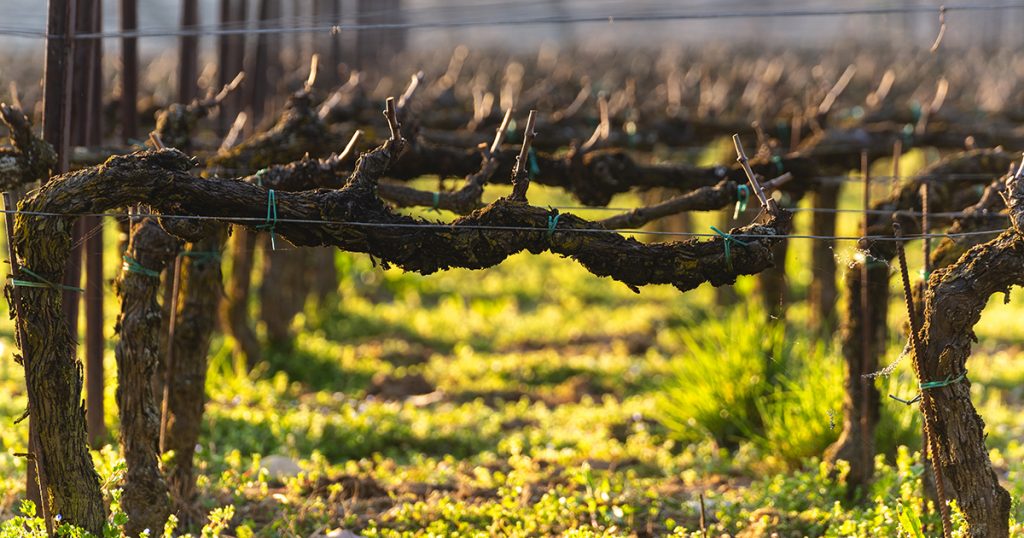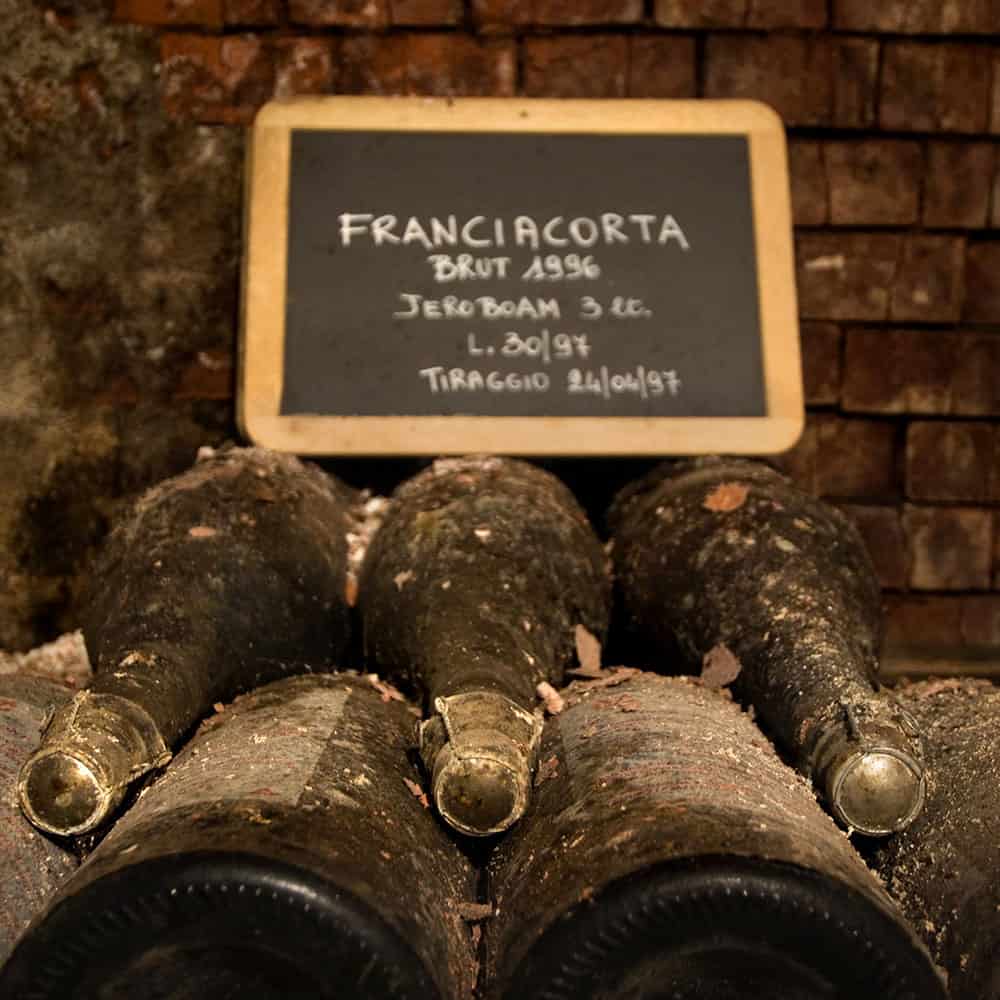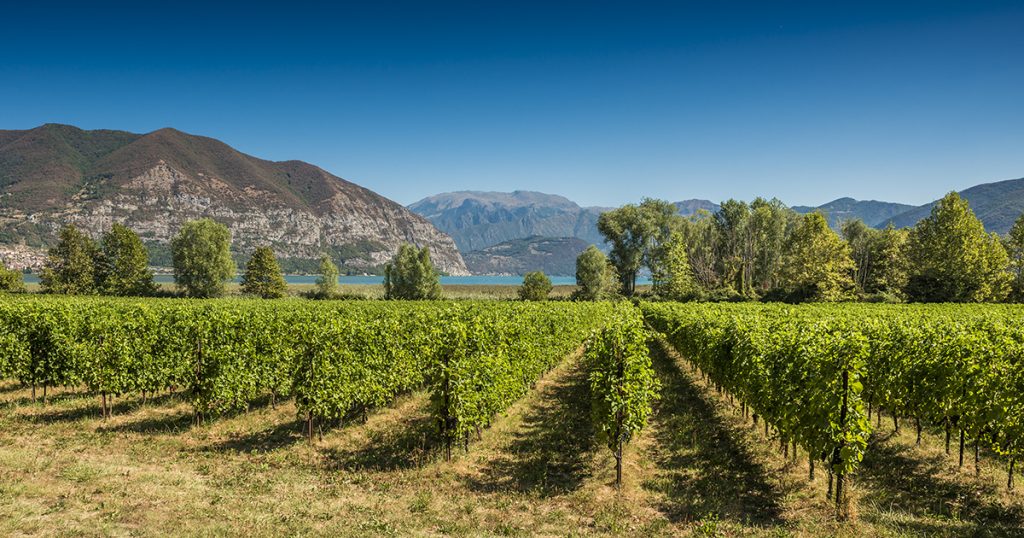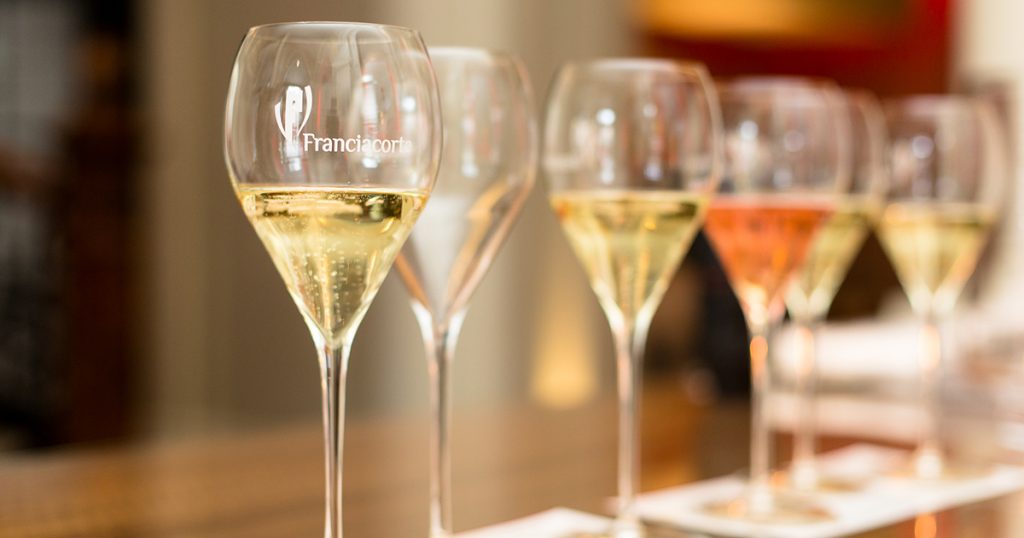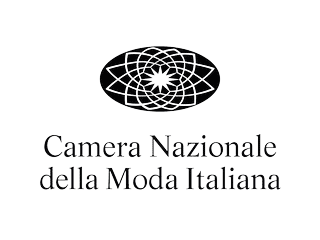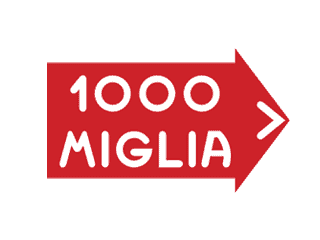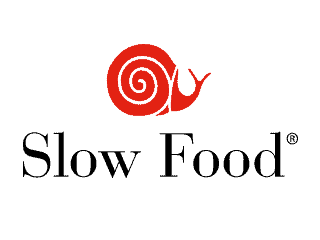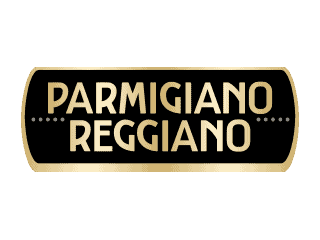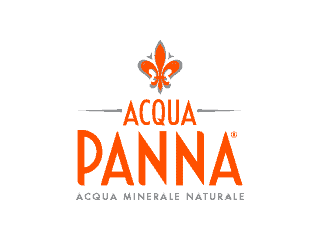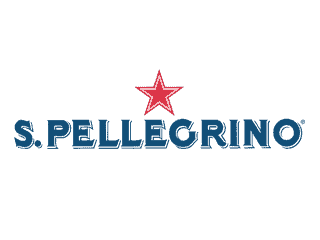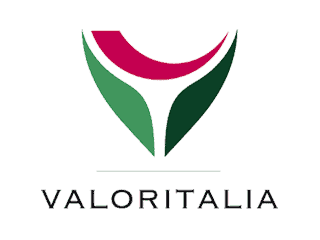Budding began in the first ten days of April this year and was comparable to 2020. On the nights of 6,7 and 8 April a spring frost occurred in Franciacorta which led to moderate damage and slowed down vine growth in various areas, despite temperatures having been very high prior to this, generating good bud development. Luckily the frost was 10 days earlier than the 2017 frost and temperatures were only just below zero.
The weather in May was mild and rainy, especially in the middle of the month, and this meant a state of high alert in plant protection terms, to limit pathogens (in particular peronospera) but significant damage did not occur.
Flowering (late May-early June) and fruiting, in the first week of June, took place in weather conditions which were not ideal (low temperatures) leading to certain coulure problems
Much lower rainfall in June and an almost completely dry July generated water stress problems on looser soils. This was broken by heavy rain on 25 July, culminating that evening in a very widespread hailstorm leading to damage which was only locally severe, however. Luckily this hailstorm coincided with the onset of veraison when the grapes are less vulnerable to rot. The 2021 season thus began with the frost challenge and ended with a late July hailstorm, events which slowed down the advent of the harvest.
The harvest began on 14 August and was an especially long one, peaking from 23 to 26 August. In quantitative terms the 2021 harvest was certainly less positive than the previous year but grape quality was not affected. The Franciacorta base wines were characterised by great zestiness and elegance.
Budding took place in the first ten days of April and dry, sunny weather made for a normal growing season. These conditions characterised the earliest phases of plant growth, making for even, regular development.
The weather conditions in May remained substantially unchanged with very mild temperatures and similar quantities of rain in terms of millimetres but at a greater frequency than in April. In rainfall terms limited rain certainly facilitated plant protection, discouraging pathogens (especially peronospera) which can significantly reduce production volumes at this stage.
For the most part June was the coolest of the last five years, as a result of frequent storms primarily in the first 20 days of the month and a consequent lowering of the temperature (around 21°C). Bud fertility was satisfactory with consequent normal flowering and fruiting. July was dry and windy with ideal conditions and optimal day/night time temperature differences. The harvest began on 10 August.
2019 was a complicated and unusual harvest in weather and countryside management terms, with the harvest starting on 10 August while the main harvest began in the third week of August (and is to be considered late). The year’s weather conditions led right away to expectations that its trends and results (especially in quantitative terms) would differ considerably from those of the previous year. In fact, after the high production levels of 2018, the vines were not overly fertile. Moreover, late flowering (late May-early June) after a cold and very rainy period led to reasonably high levels of coulure, especially for Pinots. In plant health terms it was not an especially challenging year, despite an exceptionally rainy April and May leading to high fungal disease stress and peronospera in particular.
June and July, by contrast, were extremely dry months. The first twenty-five days of July, in particular, saw only sporadic light rain and above average temperatures (25°C). Rain at the end of the month thus contributed to resolving water shortages in some areas of Franciacorta, enabling veraison which had slowed down by the lack of water to progress smoothly.
As often happens in such circumstances, there were also hailstorms which luckily impacted only marginally on the area and reduced production to a very limited extent.
The 2018 Franciacorta harvest began in the first decade of August. After a 2017 which began with very early vine reawakening, the onset of the 2018 growing season was an average one (budding began in early April and weather conditions fostered normal vine growth until flowering which began in approximately the middle of May). May, June and July were, on average, much rainier than previous years (around 150 mm/month) with significant numbers of sudden severe storms. In the last week of July the weather settled down and hot weather (27°C average) fostered grape ripening. Productive potential was high, on average, and close to Consortium Regulation limits almost everywhere.
The unprecedented frost of the night of 18-19 April left an indelible mark on the 2017 harvest. Minimum temperatures dropped to a low of -2/-3°C at around 6 in the morning.
Historic weather data for the Po plains show that late frosts on this scale, in the last ten days of April, occur less than once every forty years.
The season had got off to a good start. Phenological changes in the days before the frost testified to earlier than average ripening and plant growth with buds having grown to lengths corresponding to the seventh and eighth leaves and already well-developed bunches.
The repercussions of the frost were visible from the early hours of the following day and they were huge. More or less optimistic estimates notwithstanding, the loss recorded at the end of harvest was 49%. In plant health terms the season went smoothly. May and June were much hotter at midday and colder at night, with high temperature variations on average. The main fungal diseases – peronospera and powdery mildew – caused no particular concern.
Vineyards which survived the frost experienced good, high-quality harvests.
The vineyards affected by the frost retained a delay of around 20 days until late July-early August and then made up for lost time thanks to a hot, problem-free August. The result was a very long-drawn-out harvest, effectively two harvests one after the other, the first of which began in the first decade of August and continued until early September.
The potential to harvest modest quantities in stages facilitated winery planning, enabling grapes to be taken to the cellars with the appropriate balance between acidity and fruit ripeness. Structured, complex base wines highly diversified by quantitative loss.
The 2016 season began normally. Budding began in early April and continued at a fast pace until flowering, thanks to weather conditions highly favourable to vine growth. This latter took place from 20 to 30 May on average. The period featured frequent rain and sudden temperature drops which impacted negatively on fruiting, causing frequent millerandage and flower falls.
May and June were the rainiest of the last decade generating optimal and determinant conditions for peronospera development on both leaves and bunches. This led directly to production loss, some of which was significant.
From veraison onwards the differences between earlier and later, colder ripening zones increased considerably from the norm, leading to longer harvesting time frames. Fortunately August was cool and ripening slowed down considerably, benefiting from significant temperature differences, especially in the second half of the month.
Thanks to these favourable weather conditions, the resulting base wines ranged from good to excellent, and were surprisingly complex and intense aromatically. An important structure and high acidity, including malic acid, imply optimal medium-long to very long ageing capacity on the lees.
The 2015 vegetative cycle began smoothly with budding taking place during the first ten days of April. From April to August the 2015 season was the least rainy in recent years. On average, temperatures were high and there was practically no rainfall whatsoever in July. As a result, vine development was slowed and ripening was more gradual.
The harvest began in the first week of August and continued for roughly 20 days. Ongoing high temperatures prompted growers to speed up their efforts and as a result the harvest period was relatively brief. Grapes used in sparkling wine production must be harvested quickly in order to maintain the necessary acidity levels and ensure the wine’s freshness and ageing potential.
In terms of quantity, as compared to initial forecasts, actual yields were 5-10 per cent lower than expected. The fact that there was virtually no rainfall during the growing season resulted in decreased fruit weight.
On an overall qualitative level, 2015 was potentially a rather interesting vintage, with a better structured and more complex wine profile than other vintages.
Following a mild winter, with a March significantly outside the normal range (average maximum temperatures of 20°C as against averages of 10°C in 2013), vegetative growth occurred much earlier than the previous year: the first buds opened towards the end of March. Germination was normal and high temperature averages favoured rapid ripening. Blossoming occurred around 8-10 of May with numerous large flowers, heralding good production levels.
Early ripening in spring stopped in June due to frequent rainfall and sometimes sudden drops in temperature, conditions that lasted all summer.
Veraison (colour change) began around the middle of July with frequent rainfall slowing down the ripening process, partly compromising plant health, before returning to normal thanks to rigorous grape selection.
Slow, regular ripening, on the other hand, enabled gradual harvesting in line with the technological ripening needs of grapes used in Franciacorta.
Initially high grape yields were well below the limits set out in the regulations as a result of rigorous vineyard selection.
The year’s unusual weather conditions affected the characteristics of the base wines with relatively high acidity favouring greater zestiness and finesse. Ripening slowed down by never overly hot daytime temperatures and pronounced temperature variations helped to bring grapes into the wine cellar whose high malic acid levels and aroma bouquet were left intact.
These are all prerequisites for a year of great finesse and elegance.
2013 was a difficult year in weather and pest control terms. Budding occurred a little late, around mid-April. 2013 was the coldest and rainiest year in the last decade, just as the first buds were coming through. This resulted in a longer dormancy period, even in areas or varieties that tend to bud earlier, leading to almost simultaneous budding throughout Franciacorta with the first warm weather. On 24 and 25 May there was an abnormal sudden drop in temperatures, which fell to as low as 5°C at night, and during the day temperatures did not exceed 13°C.
In some areas, together with some rainfall during flowering, this stunted fruiting resulting in a reduction of production potential that in turn translated into improved quality.
Another difficulty was particularly significant vine moth attacks, which were fortunately limited to a few locations but meant that grapes had to be sorted carefully before pressing.
In the midst of all these difficulties, 2013 will be remembered as the year of the September grape harvest, something that had not happened for many years. Harvesting tentatively began around 25 August and continued until mid-September.
Very slow ripening, which continued throughout a period of the year when high daytime temperatures were a thing of the past and temperature fluctuations were more pronounced, can only be a prelude to exceptionally high-quality base wines in both analytical and aromatic terms. High acidity and low pH made for unusual mineral quality in the base wines from the 2013 harvest.
A year of abrupt climate changes that made vineyard management and planning and harvesting more challenging overall. Budding was rather protracted and hence Franciacorta microclimate differences were greater than in other years: south of Monte Orfano the first buds had already opened in the last week of March, while areas to the north-east were much later on average, with budding lasting until mid-April.
An analysis of weather data shows average temperatures from the last 10-day period of April until the end of July below the 10-year average from 2002 to 2011. This slowed down vine growth, lengthening the period between budding and flowering. Rainfall was plentiful in this same period, and often above average for the last decade.
These sub-optimal weather conditions affected flowering and, in many areas but not everywhere, this led to reduced fruiting resulting in lower-than-average productive potential.
In late July the situation changed radically, with a sharp rise in temperatures, this time above the 10-year average, which led to a strong recovery in ripening time frames. In fact, harvest began around mid-August, with the first few bunches harvested from 10 to 12 August.
The first production estimates were made at the start of the harvest, amounting to an average of around 8,000-9,000 kgs per hectare. The 2012 harvest will surely be remembered for many years as a vintage whose low productivity was exceptional, while it was, fortunately, satisfactory in quality terms.
The analytical findings confirmed the quality of the grapes and musts with an optimal balance of sugar/acidity and sufficiently low pH, ideal for Franciacorta production.
Spring was warmer than the average for the period, while the summer was cool and rainy, guaranteeing ideal warm day time and cool night time temperature fluctuation. Grape veraison and ripening began early but then proceeded gradually. Slow ripening accompanied by mild temperatures and good daily temperature variations, favourable to the synthesis and accumulation of the precursors to aromatic compounds, proved an excellent basis for excellent quality sparkling base wines. Regular but never excessive rainfall made significant production weight and impeccable health simultaneously possible. Product acid composition and concentration was also ideal, making for an especially good vintage, with great flavour balance and intense aromas. For the first time in Italy, Riserva status was granted to a Franciacorta vintage. It was a quantitatively and qualitatively excellent season that allowed Riserva wine to be set aside.
At the beginning of the growing season the vines developed extremely regularly, quickly and smoothly. Later, however, a rather cold and rainy May led to a slowdown in vegetative growth.
A very rainy July strained pest control resources and further increased the ripening delay as compared to previous years, particularly the 2009 and 2002 harvests.
The harvest took place in ideal conditions and grapes could be harvested satisfactorily. They had a strong acidic base, just right for the production of Franciacorta base wines. Good quality products were obtained, especially on poor soil and high ground.
The year went normally, with slightly early budding as compared to 2008.
In fact, the season was generally warm, interspersed with some providential rainy days that led to regular bunch growth, without water stress or pathogen attacks. Healthy, turgid and tough-skinned ripe grapes with crunchy flesh: all ideal characteristics for high-quality Franciacorta.
The analytical must data showed a very positive picture for this year’s quality: medium-low sugar levels (currently an average of 10.80 in potential alcohol), good total acidity (9-10 g/l), and excellent pH (3.05 to 3.10). These are optimal characteristics for Franciacorta in all its forms, from an 18 month Brut to the great riservas.
A cold, cloudy spring resulted in budding delayed by about 15 days as compared to the previous year. The year showed great potential fertility brought back within normal limits by frequent spring rains which reduced the fruiting percentages in the passage from flower to fruit.
Overall the weather conditions supported growth well, with different and ideal rainfall levels, vegetative growth, bunch composition and, lastly, concentration. Potentially excellent quality products were obtained in various areas of Franciacorta.
A very mild winter definitely contributed markedly to an early awakening of nature and the budding of the vines began at the end of March, about 20 days earlier than average. The summer progressed regularly with temperatures slightly lower than expected, making for normal grape ripening, though slightly earlier than previous years. Lengthy ripening also allowed for excellent fruit development in both acidity and aromatic component terms. Considerable day-night temperature differences in the period before the harvest also brought out some highly zesty notes. The must presented good analytical data for sugar, acidity and pH with intense, fine, elegant aromas, and distinct floral and fruity notes.
A normal spring was followed by a very dry early summer, similar to 2003. From early August a certain amount of rainfall restored the water balance and provided optimal ripening conditions. After mid-August the barometer forecast “fine/stable” conditions with night time temperature drops of 10°C helping to maintain freshness and aroma.
The 2006 Franciacorta base wine aromas are fine with excellent pH values and especially acidity, good aromatic complexity and alcohol content.
A variable year, at least until flowering. After that the weather pattern settled down with dry, sunny weather, and good day-night time temperature variations, until the end of August. This led to good sugar accumulation combined with limited decreases in acid content and particularly low pH values. The flavour profile of the base wines proved to be very promising in elegance and ageing potential terms. A great vintage.
An extremely hot year for daytime temperatures and relatively low night time temperatures making for the optimal temperature differences that make for ideal flavour synthesis and preservation in the grapes. No significant surprises or problems occurred in the growing season marking a return to regular harvests, including from a quantitative point of view, after two years of limited yields. The weather pattern enabled the personalities of the various Franciacorta micro-wine-growing areas to be enhanced, making for Franciacorta base wines differing markedly by area of origin, with great finesse and high acidity. It laid excellent foundations for the creation of a cuveé of great zestiness and aromatic complexity with the potential to be extremely long-lasting with great personality.
A year of very limited rainfall in its first nine months. After low early spring temperatures, in some areas, caused slight budding damage, temperatures were then higher than average, especially in summer, leading to a very early harvest. These unusual weather conditions produced extremely healthy grapes with higher-than-average sugar content. Both in the vineyards and the cellar yields were quantitatively lower than in previous years, because of limited rainfall, and this resulted in higher juice concentration in the grapes.
A high alcohol Franciacorta, with significant body and aromatic complexity.
An especially cold, dry winter led to deformed and rather stunted budding in the vines which then recovered thanks to spring weather conditions which favoured crop vegetation and production. A cold, rainy flowering period limited fruiting with low average bunch weight. After a particularly hot, dry June, summer temperatures were low on average with high rainfall accompanied by a few hailstorms. All this resulted in a quantitatively lower than average harvest than in recent years, but with analytical grape parameters whose sugar/acidity balance was especially interesting, making for a Franciacorta to age on the lees and thus single-vintage use.
A year of fairly low average temperatures right up to bunch formation, with constant, well distributed rainfall producing not-overly-tight bunches. After fruit formation the weather changed, with very high temperatures and very limited rainfall from ripening onwards, making for optimal grape ripening in both health and analysis terms, providing Franciacorta base wines with an excellent sugar/acidity balance. The base wines were very clean, and rich in intense and very fine varietal aromas. The Franciacorta 2001 base wines produced a great vintage.
A cool year with limited rainfall prior to ripening. From ripening to harvest (beginning 18/08) the weather was very hot, dry and windy. The grapes’ sugar/acidity balance was excellent. Yields in the vineyard’s must samples totalled about 5,850 litres/hectare. The Franciacorta base wines had optimal alcohol levels and limited residual sugar, good pH value and optimal acidity. Well-structured, full bodied base wines with varied, intense and extremely delicate aromas and flavours.
A qualitatively and quantitatively satisfactory year. The weather was normal, with only two hailstorms in August, which did not compromise grape quality or health. The Franciacorta base wine featured fine aromas, excellent pH values and especially good acidity, with fine aromatic complexity and good alcohol content.
A late developing year in its early stages and an especially rainy summer. There were particularly violent hailstorms right up to flowering, but most areas were not significantly damaged. It was a low yield harvest (average 7.810 kg/ha) with quantities varying from area to area and between individual vineyards. Quality was generally good with medium acidity characterised by high levels of tartaric acid and good sugar content.
A hot, dry spring with early vegetation and a not overly hot, windy summer, it was a year free of extreme weather events and pests. A regular, dry harvest, high acidity and good alcohol produced yields per hectare in line with averages over the last 2-3 years. The resulting Franciacorta was extremely fine, with delicate, intense aromas. Excellent. Vintage.
A year of a not overly hot summer and limited extreme weather events, grapes that ripened slightly early, good basic acidity, and yields per hectare in the normal range and lower than those set out in the regulations. A pleasant, harmonious Franciacorta with a delicate, structured taste. Verging on excellent. Vintage.
A low yield year (average 7.150 kg/hectare) with a long summer and early harvest, producing good, especially well-suited chemical-physical characteristics for Franciacorta. A zesty Franciacorta with full aromatic balance, particularly in terms of the structure and intensity of its long-lasting aromas.
A below average production year characterised, as compared to recent years, by a hot, dry summer and a slightly late harvest. The chemical-physical characteristics of the base wines were excellent. The result was a Franciacorta with good acidity, fine flavour and aroma balance and harmony.
An average production year with early ripening grapes and a dry summer. The harvest was completed before heavy rains in the second half of September began.
A well-structured and very pleasant, balanced, especially fragrant and fruity, full-flavoured Franciacorta.
A good production year, with constant rainfall in summer. The resulting Franciacorta had good floral aromas.
A good production year producing ripe, healthy grapes. Medium-high temperatures of around 22°C, especially in the first two ten-day periods of September. A characterful, zesty, especially fruity Franciacorta with floral aromas, good balance and persistence.
An average production year, with healthy grapes naturally high in alcohol. Optimal weather conditions which were constant through the entire month of September made for a wine of enhanced ripe fruit aromatic complexity and an especially aromatic, elegant Franciacorta.
A good production year with healthy grapes and high acidity. Well-distributed rainfall which was slightly more plentiful in the third ten-day period of September. A Franciacorta with good flavour characteristics.
A low production year (average 7.615 kg/ha) with healthy grapes and good alcohol. The weather pattern was close to ideal, with plenty of sunshine and temperatures of around 18°C for the entire month of September, allowing for slow, perfect grape ripening. A Franciacorta with a big personality, plenty of character and a well-balanced flower and fruit bouquet and great finesse.
A poor production year. Limited rainfall and temperatures of 20 to 23°C, higher than the seasonal average in September. A Franciacorta with delicate zestiness and flavour.
A year of abundant production with quite healthy grapes. Temperatures in the first and second ten-day periods of September were ideal and rainfall limited. The third ten-day period was sunny. A modest Franciacorta.
An average production year with healthy grapes. Temperatures fell within the normal range and it only rained in the second ten days of September. A well-balanced and structured Franciacorta, high in ripe fruit aromas.
An average production year producing wines with high acidity. Normal rainfall and temperatures of 15 to 16°C in September made for a zesty, elegant, high-structure Franciacorta.
A high production year producing very healthy grapes. In the first and second 10-day periods rainfall was sparse and well distributed, while the third 10-day period was sunny. The resulting Franciacorta had strong floral aromas and good flavour.
A normal production year with fairly healthy grapes. Well-distributed rainfall and constant temperatures, ranging from 18 to 20°C, for the entire month of September. An especially fruity, zesty Franciacorta with a good balance between acidity and structure.
An average production year with fairly healthy grapes. Well-distributed rainfall and constant temperatures, ranging from 18 to 20°C, for the entire month of September. An especially fruity, zesty Franciacorta with a good balance between acidity and structure.
An average production year with healthy grapes. Limited rainfall and average temperatures in September from 18 to 20°C. This Franciacorta was especially well-balanced and harmonious in structure, with powerful aromas.
An average production year with an early harvest. The weather was dry and cool for the entire month of September. A very positive year for Franciacorta producing especially well-balanced, structured and aromatic wines.
An average production year, with healthy grapes and good acidity. Rain was limited especially in the first and second 10-day periods of September, and temperatures were optimal. The resulting Franciacorta was delicate, fine and aromatic.
An average production year, resulting in wines with high acidity. Abundant rainfall and temperatures ranging from 22°C in the first 10 days to 13°C in the third ten-day period made for a medium-aromatic, fragrant Franciacorta.
An abundant production year characterised by excessive rainfall and below average temperatures of 16-18°C. The resulting Franciacorta was a little short and low in finesse.
A good production year and late harvest. The resulting Franciacorta was ethereal and not long in the mouth.
An average production year, with healthy grapes and well distributed rainfall, temperatures above 20°C in the first and second 10-day periods of September and an average of 15°C in the third. It produced a Franciacorta packed with ripe fruit aromas, a full-flavour and optimal structure.
